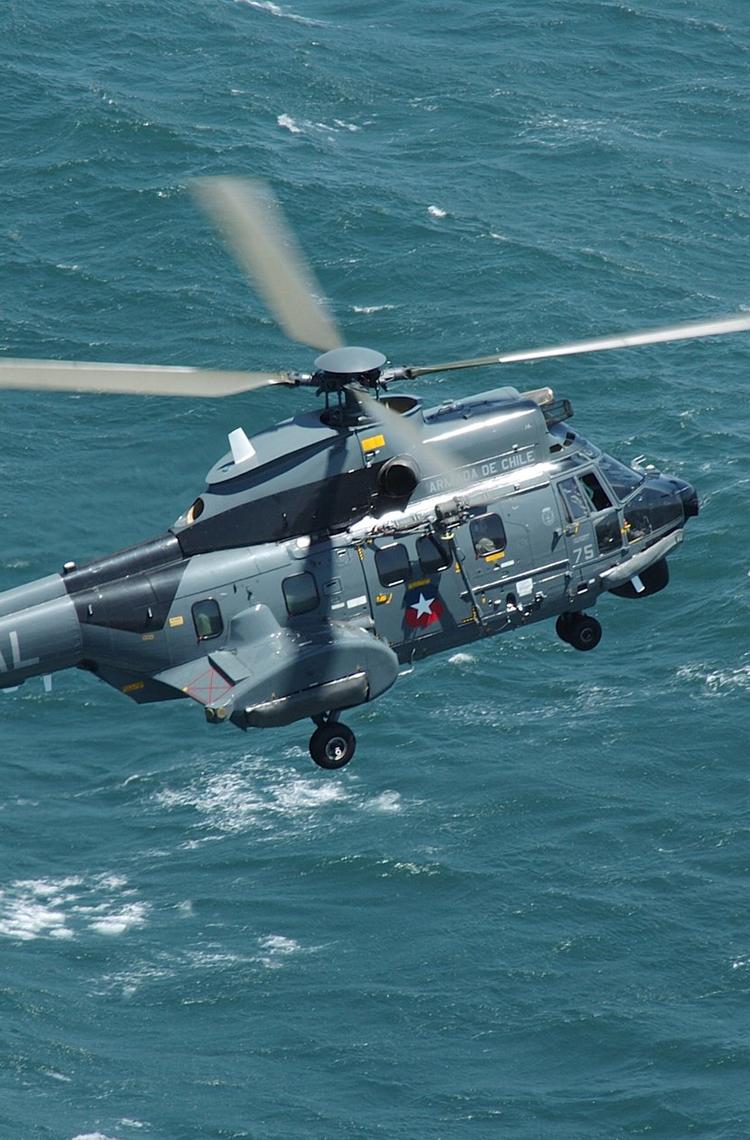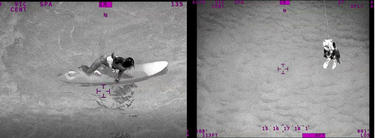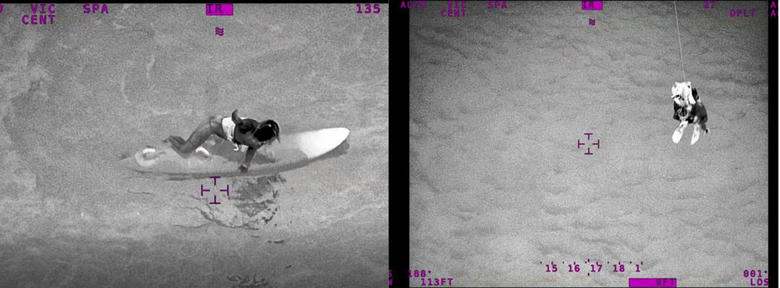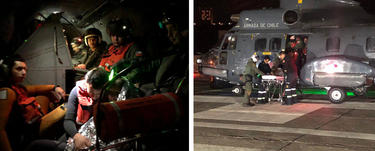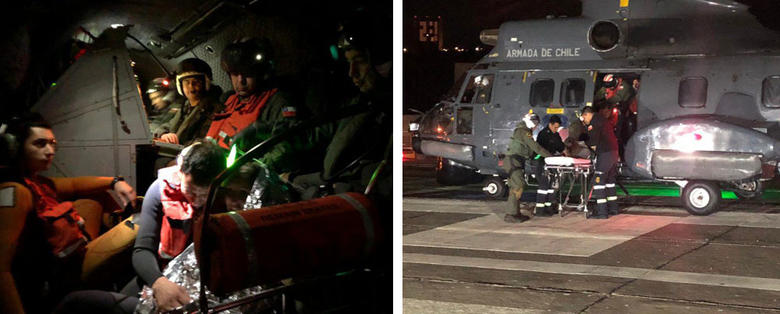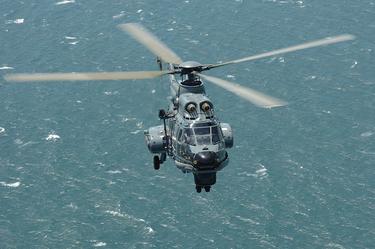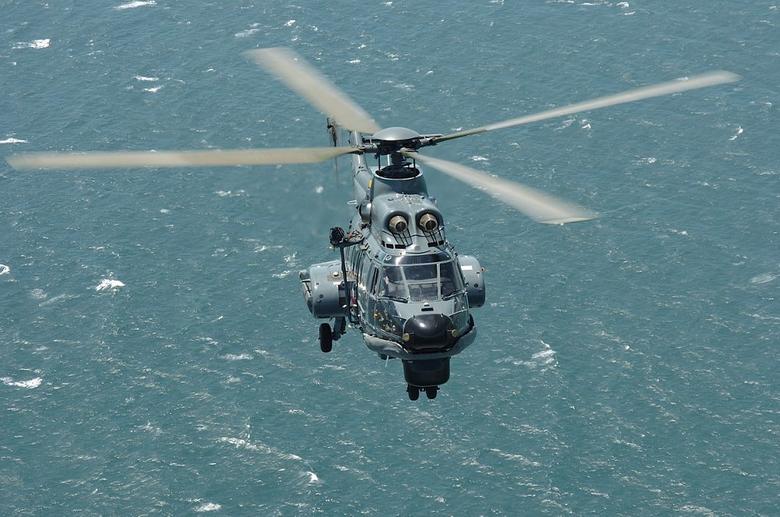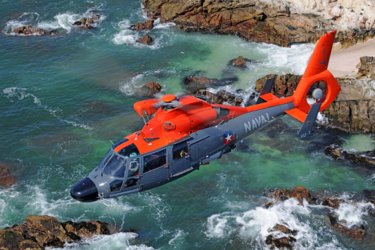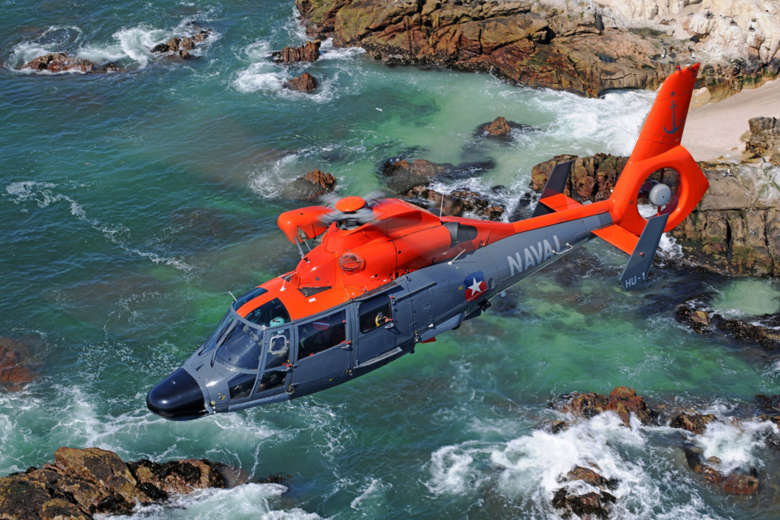Article: Carlos Ramos - Read more in Rotor magazine N°116
Photos: Airbus Helicopters and Armada de Chile
Saturday 18 May 2019 is a date that Verónica Blanco will never forget. The 29-year-old was windsurfing in Pichidangui Bay, off the Chilean coast, when her equipment malfunctioned, leaving her marooned in the water without any hope of getting back to dry land and at the mercy of strong winds and the currents and chilly waters of the South Pacific.
Nor will she ever forget the sound of the AS332 F1 piloted by Lieutenant Commander Carlos Schaidt, or the rescue swimmer, Staff Sergeant Manuel Pizarro, who freed her from her equipment and took her safely aboard, by which time her body temperature had dropped to below 35⁰C.
A HIGHLY COMPLEX MISSION
Verónica’s family had reported her missing at around 5pm, at which point the Coquimbo Maritime Authority deployed search and rescue teams on land and sea. Unfortunately, due to the heavy swell, current, strong winds and poor visibility, these resources were insufficient, with the decision then being made to activate the air response. Two helicopters were assigned to the mission: a Dauphin from the Naval Helicopter Squadron, and a Super Puma usually operated by the Attack Squadron. “Given the complexity of the mission, we tried to get the helicopters in the air as soon as possible,” Schaidt explains.
The Dauphin was deployed in advance and was the first to reach the last known coordinates, conducting an initial search in the form of an expanding square (see sidebar). In the meantime, preparations were made for the AS332 and its crew to replace the Dauphin when it came in to refuel.
“The Cougar Super Puma carried out a search with a more comprehensive range of equipment, which made things easier for us, thanks to the infrared night-vision camera and the optronic sensor,” Schaidt says.
SIGHTED AT LAST
The Super Puma traced a creeping line search pattern and, after flying over the area for a little more than an hour, the infrared camera operator spotted a shape floating in the sea.
Taking up the story, Schaidt says: “When we spotted the person, the pressure on the team was huge because we knew that there was someone in danger and that every second counted. We then marked a point close to the position with a lighted distress signal and began the approach manoeuvre. We used the 4-axis autopilot to keep the aircraft stable so that we could lower the rescue swimmer and recover the victim.
“In addition to the training and experience of the crew, we wouldn’t have been able to complete the rescue if the helicopter hadn’t had the equipment we needed to maintain a secure and stable position while hovering, with no points of reference, at night and out at sea. Nor would we have been able to spot her without the help of the optronic sensor.”
The lieutenant commander and the rest of the crew received recognition for their efforts a few days later, at a ceremony held on Chile’s Navy Day, where they met with Verónica’s family.
For us and for me personally, it humanises the technical aspects of a rescue mission and it makes you aware just how beautiful and important this job that we have to do is.
- Lieutenant Commander Carlos Schaidt
